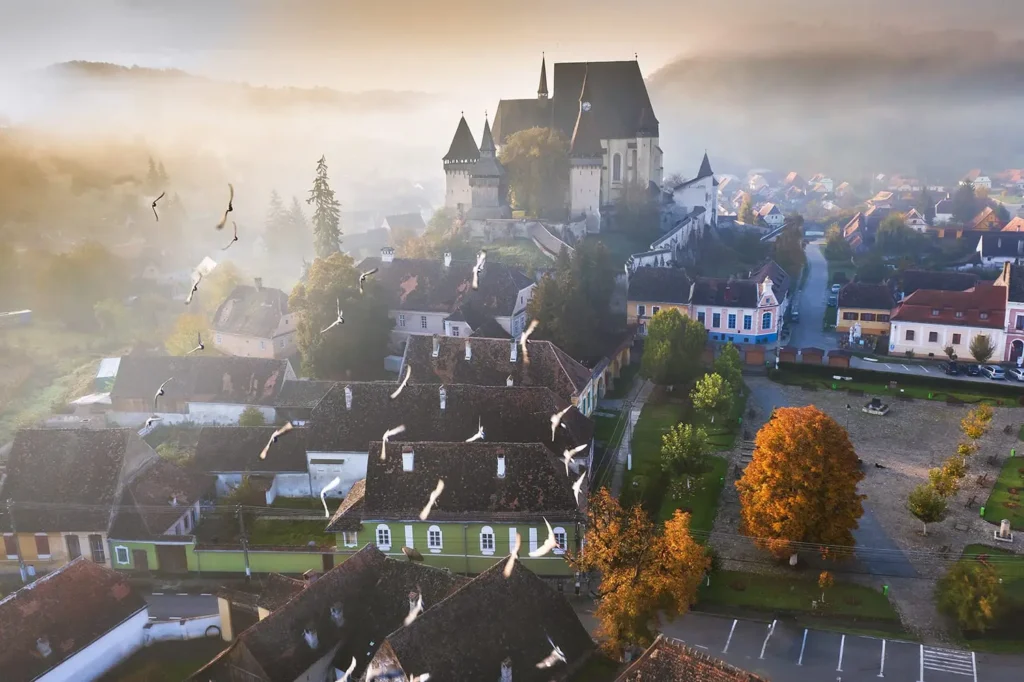Chapters
Sibiu is a city located in the heart of Transylvania, and it was founded by German settlers in the 12th century. It’s one of the best-preserved medieval towns in Romania, and it’s famous for the Lower Town and Upper Town, Brukenthal Palace and Grand Square (Piața Mare – where the Christmas Market takes place every year).
Sibiu is a city located in the heart of Transylvania, and it was founded by German settlers in the 12th century. It’s one of the best-preserved medieval towns in Romania.
The first human settlements in the Sibiu area are dating from the Paleolithic period. The first mention of the town appears in a document issued in the twelfth century by Pope Celestine III. For Sibiu, the Medieval period meant economic development and the rise of merchant guilds.
Most of the city’s fortifications were kept in excellent state. Therefore the process of becoming a UNESCO world heritage site began in 2004 for the Sibiu Old Town. In 2007 Sibiu was designated as a European Cultural Capital and in 2019 as a European Regions of Gastronomy.
One of the best landmarks in the city is the Brukenthal Palace (Brukenthal National Museum), home to a vast collection of rare pieces of art and books. The town was named the European Capital of Culture in 2007, and if you plan on visiting Romania, you should definitely be visiting Sibiu.
The old city of Sibiu consists of two distinct areas: The Upper Town and the Lower Town.
The Lower Town was built around the earliest fortifications. The streets are long and wide, with small squares at places. Most of the exterior fortifications were lost due to industrial development and modern urban planning, and only four towers still exist.
The Upper Town was built around three city squares and a set of streets along the line of the hill. The three city squares of the Upper Town of Sibiu are the Grand Square (Piața Mare – where the Christmas Market takes place every year), the Lesser Square (Piața Mică – where the Bridge of lies is found) and the Huet Square (where Evangelical Lutheran Cathedral is located).
What you can visit in Sibiu:
The Great Square (Piata Mare): One of the largest squares in Transylvania and the centre of the city. The square has some of the most marvelous architectural buildings in the city.
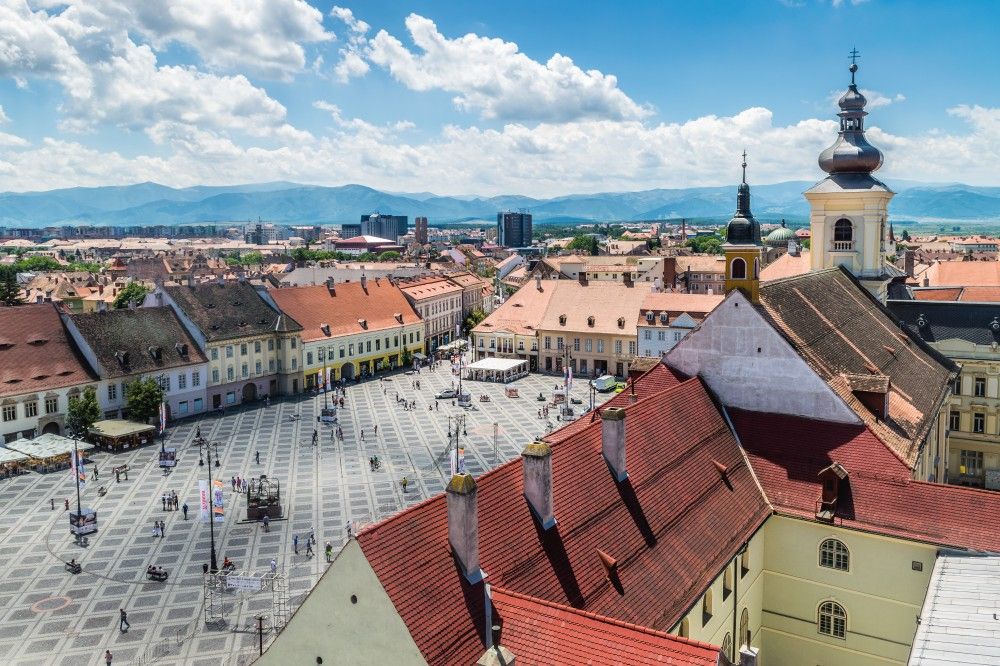
The Roman Catholic Church: Located near the Great Square, the church stands out thanks to its early Viennese Baroque Style and its richly decorated interior.
Council Tower: Built in the 13th century, the building has been rehabilitated multiple times. The tower from today is seven levels high and at the ground floor there is passageway that connects the Grand and Little Square. The tower had multiple functions over time such as serving as an observation point for fires, a museum of natural sciences in the 18th century, and it even hosted some medieval expositions of Brukenthal Museum.
The Little Square (Piata Mica): Located in the northern part of the Upper Town, it is now populated by small businesses, cafes, and restaurants.
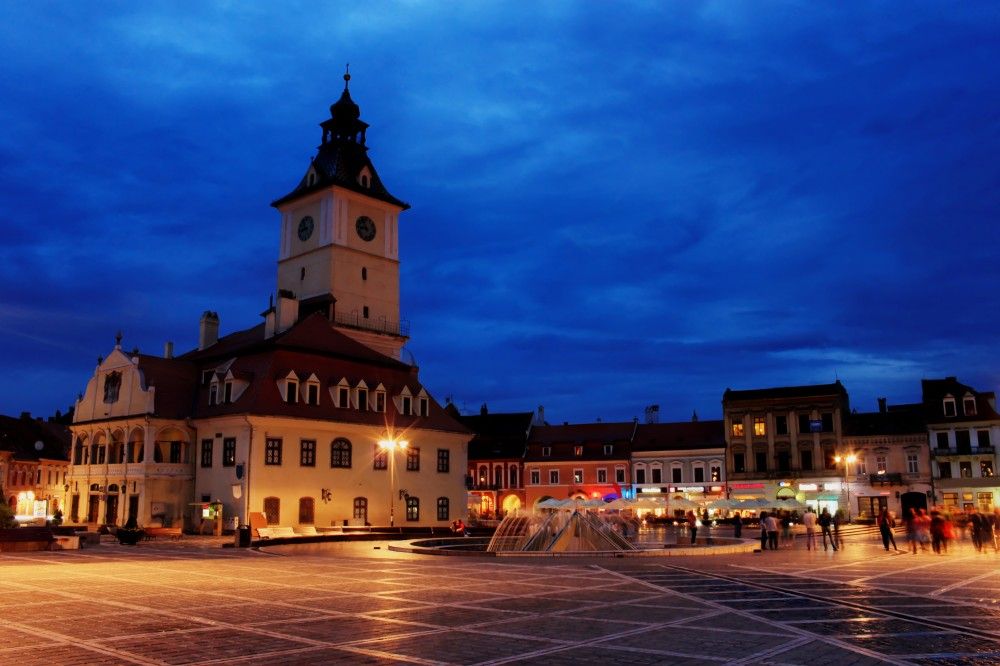
The Bridge of Lies: Built in 1859, the bridge is the first iron forged bridge in Romania by Friedrich Hütte. The location is chosen by many couples due to its legend that the bridge will collapse if someone tells a lie while on it.
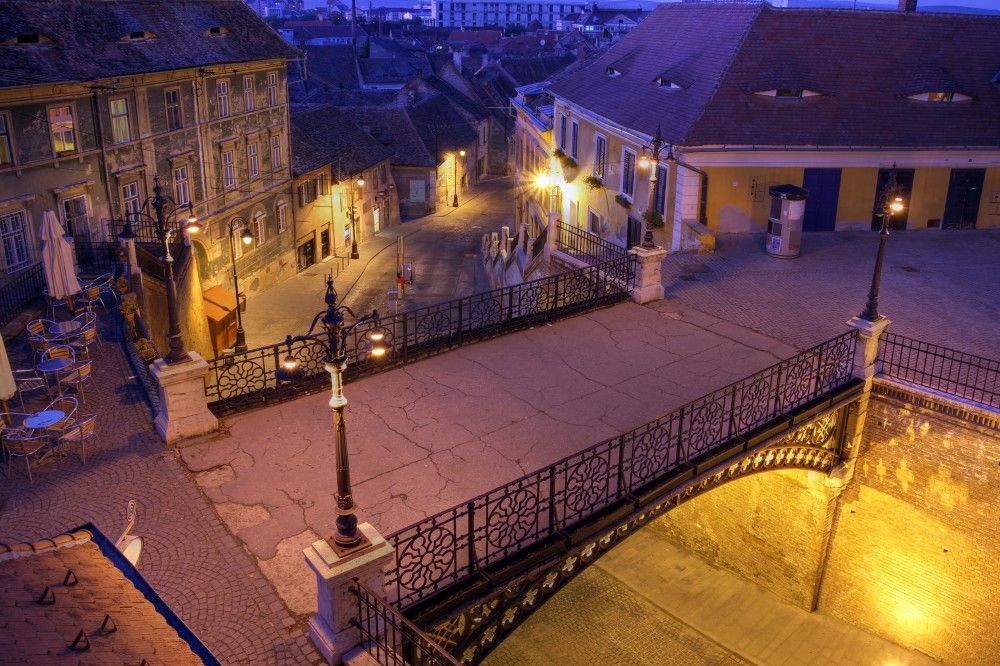
The Stairs Passage: Built in the 13th century, this architectural masterpiece connects the Upper and Lower part of the city.
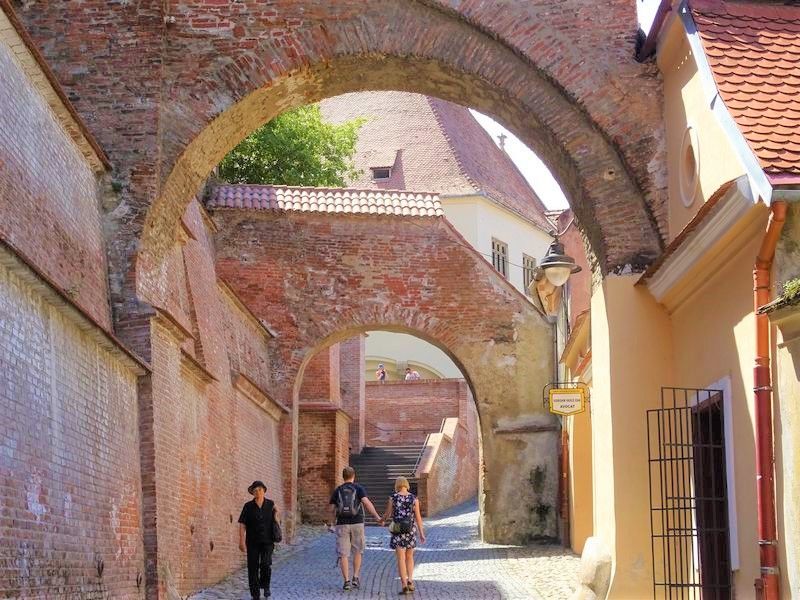
Photo Source: SibiuCity.ro
What you can visit around Sibiu:
If you’ve got the time to visit the surroundings, there are quite a few trips from Sibiu you could take.
ASTRA Museum: Visitors may explore the nearby villages with well-preserved medieval German fortresses. Also, the breathtaking landscape. You can explore the places where the mountains touch the skies, and the air is so fresh that it nearly hurts those used to the everyday pollution of modern cities. The ASTRA open-air museum is the largest open-air ethnography exhibit in Europe and aims to salvage, conserve, and showcase the traditional folk culture, making it the perfect destination for a day trip from Sibiu.
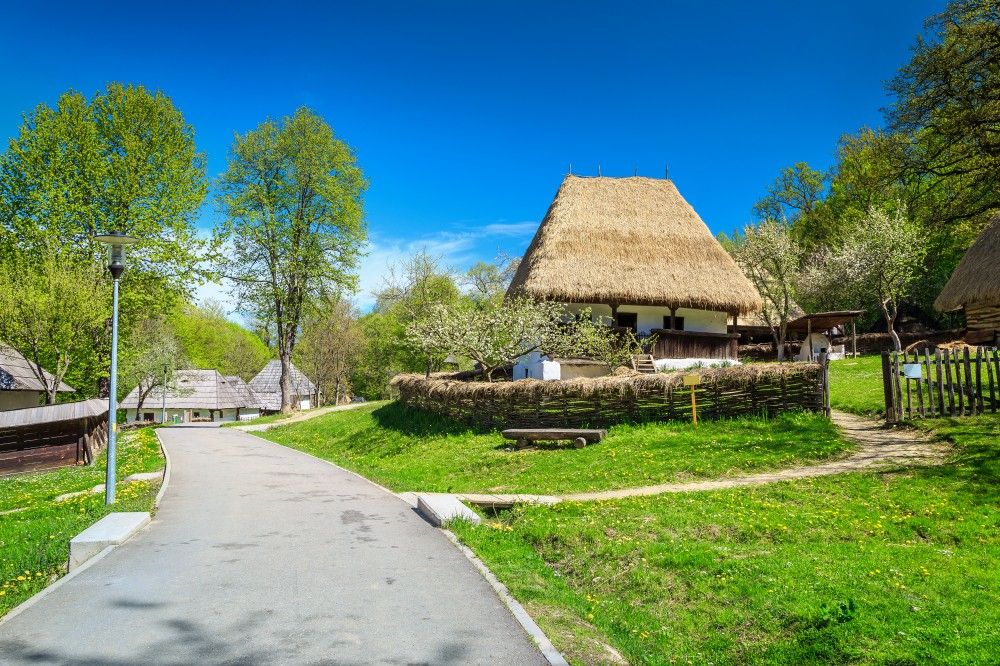
BIERTAN: The Lutheran Fortified Church is a UNESCO world heritage site founded by the Transylvanian Saxons (it originally belonged to the Catholic Church before the Reformation). Biertan Village was first mentioned in documents in 1283. The actual church was built later, in late Gothic style, with a mixture of Renaissance touches, being dedicated to the Virgin Mary. The church is positioned on a hill at the centre of the village, surrounded by three tiers of defensive walls linked by gate towers. The construction also includes different towers, such as the Clock Tower, the Gate Tower , and the Gate Tower, all surrounding the church.
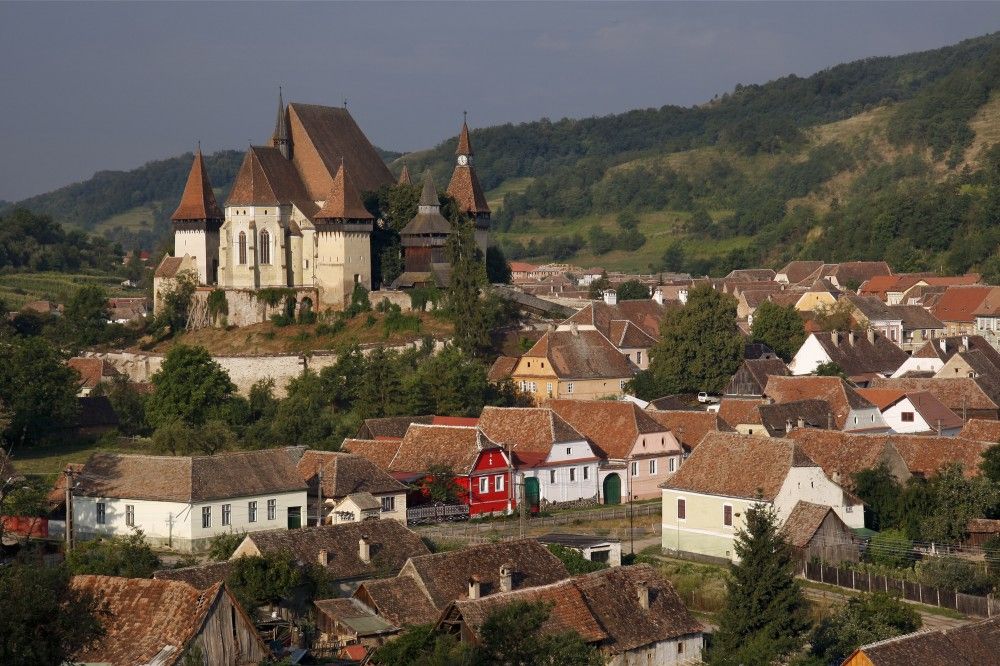
CISNADIE (Heltau): a Saxon market town located 10 km south of Sibiu, with an attractive elongated town square. The dominant construction of Cisnadie is the fortified complex located in the centre of the town. The church was fortified during the 15th century, with fortified towers, a choir, a moat, and several defensive towers connected by defensive walls. The visitor can see except the medieval architecture, a couple of exhibitions such as the “Cisnădie/Heltau throughout 12 centuries” Museum located at the old Ossarium and the Museum of the History of the Communist Era.
CISNADIOARA (Michelsberg): one of the prettiest villages in Romania. This small Saxon settlement has a steeply sloping square and is clustered around a steep, wooded hill topped by a small, Romanesque church. Local tradition states that any man wishing to marry a girl from the village had to prove his strength by carrying a massive rock from the river bed to the top the hill. There is also a museum here dedicated to the Saxon Transylvanians.
RASINARI: a pretty, shepherds village at the foothills of the Cindrel Mountains, reached by a curious roadside tram running through the Dumbrava Forest. At only 12 km south of Sibiu, Rasinari offers beautiful Saxon-style architecture and some beautiful churches such as Biserica Sfanta Treime and Biserica Cuvioasa Parascheva.
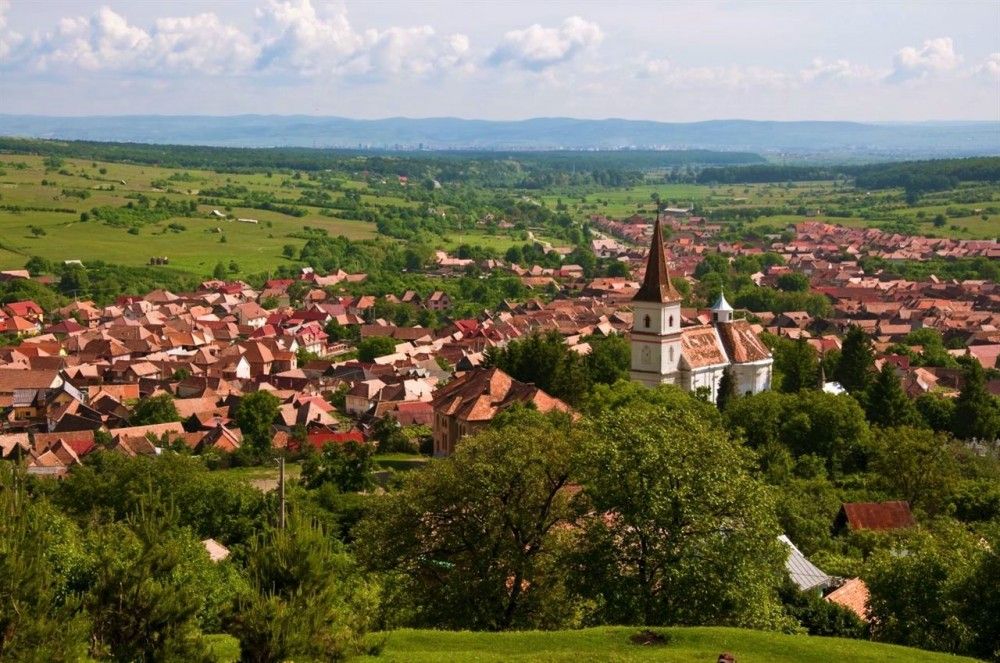
Photo Source: sibiu-turism.ro
CRISTIAN (Grossau):picturesque Saxon village to the west of Sibiu, with an impressive fortress church overlooking the river. You can visit, except the fortified church, the Orthodox church Buna Vestire, and the museum.
SIBIEL: traditional Romanian shepherds village in the Cindrel foothills, known for its beliefs in witchcraft and an excellent museum of icons painted on glass. First mentioned in documents in the 14th century, Sibiel is worth visiting for its attractions , mountains and landscapes as well for the local traditions and rich culinary variety.
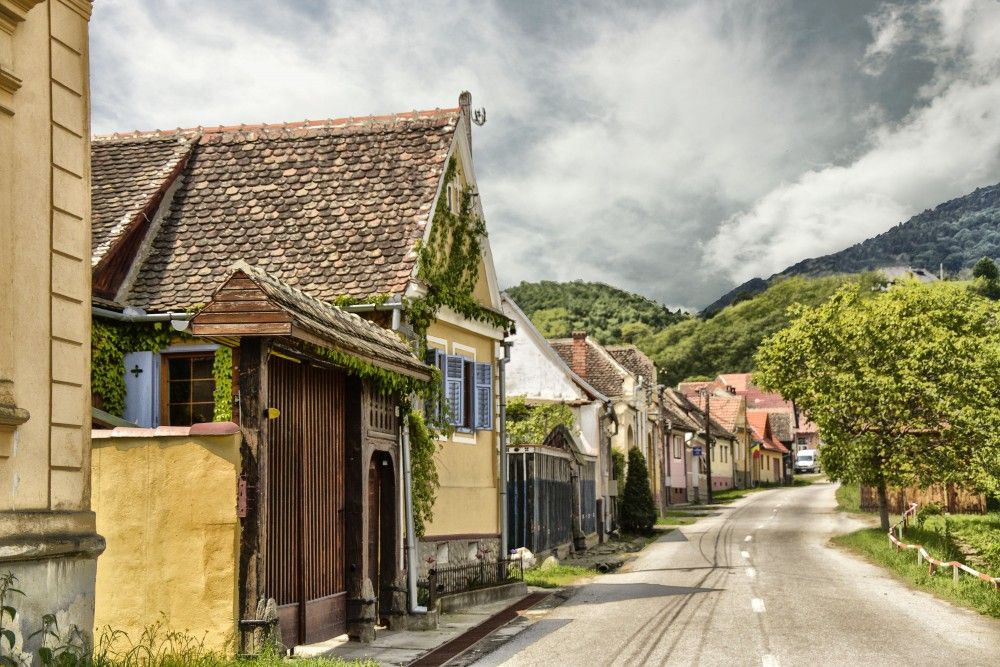
SALISTE and TILISCA: traditional agricultural settlements known for their costumes and folk songs.
OCNA SIBIULUI (SALZBURG): small spa town offering salt baths and treatments, set amidst old salt workings, There is a lovely fin de siecle spa building which has been carefully restored for Sibiu 2007, and Saxon fortified church.
AVRIG: former Bruckenthal Palace/ manor with an interesting secret landscape garden

